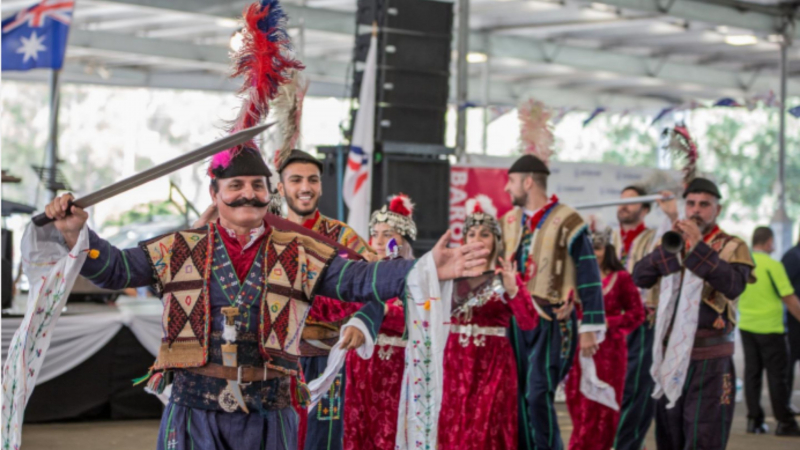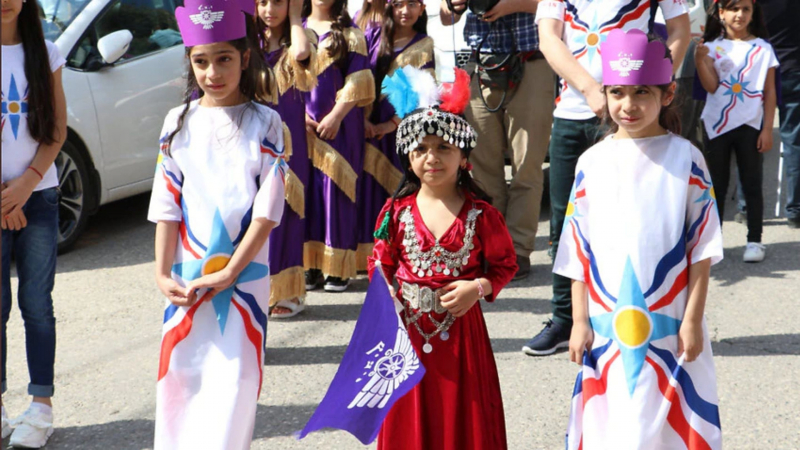Assyrian New Year

The Assyrian New Year is a spring holiday celebrated by indigenous Assyrians in northern Iraq, northeastern Syria, southeastern Turkey, and northwest Iran.
The festival's origins can be traced back to the ancient Mesopotamian religion followed by Assyrians until its eventual extinction in the face of Syriac Christianity between the first and fourth century AD. Today, the majority of Assyrians are Christians, with the Assyrian Church of the East, Chaldean Catholic Church, Syriac Orthodox Church, Syriac Catholic Church, Ancient Church of the East, Assyrian Pentecostal Church, and Assyrian Evangelical Church being the most prominent. Depending on church denomination, some ethnic Assyrians identify as Chaldeans or Syriacs.
Parades and receptions are common features of celebrations. Some Assyrians dress up in traditional attire and dance for hours. Celebrations are held in Assyria and other Middle Eastern countries, as well as in the United States, Europe, Australia, Canada, and the Caucasus among Assyrian diaspora populations. Parties involving food, music, and dancing are common.
Every year on April 1st, the Assyrian New Year is celebrated in all nations where Assyrians live. The day is marked by celebrations, including long parades in colorful attire and ancient costumes. Students, dignitaries, men and women alike attend the festivities, dancing for hours in the streets and parks. Iraqis, like the rest of the world, observed the Georgian calendar New Year on January 1.
Time: April 1





